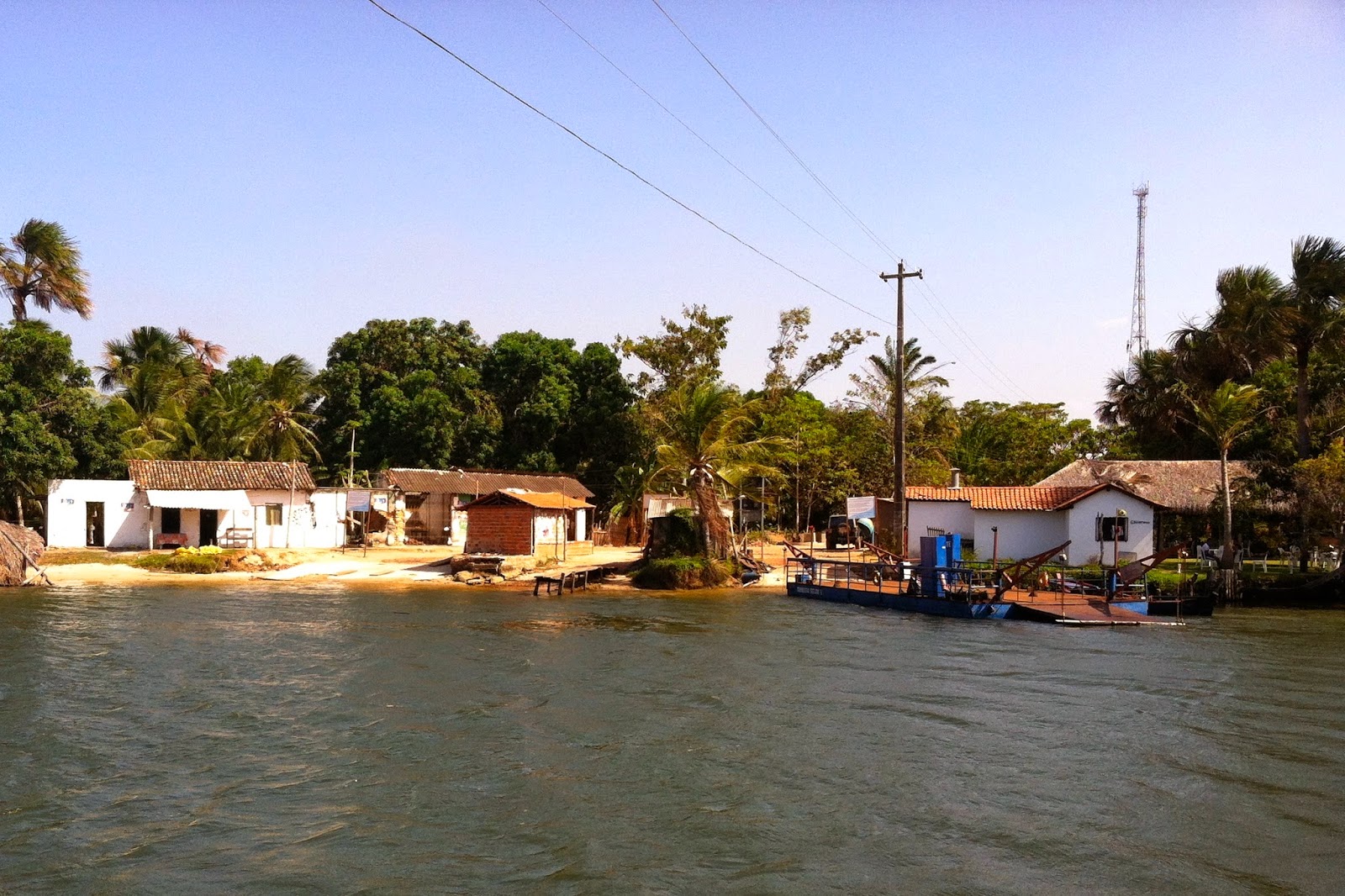While Brazil is wrapping up its Carnaval celebrations, I'm having my own party with my little family here in the U.S. (and by partying I mean we're in bed by 8:30pm most nights). In honor of Brazil's week-long, nationwide, anything-goes street party, I wrote a two-part post on some of the country's beautiful yet undiscovered areas. To start, we explore the state of Maranhão (MA), in the northeast. I still have a ton of family in that area, and I miss them dearly. When I was there in 2012, we went on an overnight eco-tour excursion that left me amazed, replenished and ready for more.
THE NATIONAL PARK
Lençóis Maranhenses National Park - loosely translated to the Maranhenses Bedsheets, referring to the smooth sand dunes! According to their website, the park covers 155,000 acres of untouched nature, dunes, lagoons, and 43 miles (70 km) of beach.
LOCATION
The park covers the towns of Barreirinhas, Humberto de Campos and Primeira Cruz. We drove for about 4 hours from the capital, Sao Luis, but there are chartered buses, vans, and small planes that can also get you there. The park entrance is 1.2 miles (2 km) from Barreirinhas, across the Rio Preguicas, which we crossed by ferry.
WHEN TO GO
The park is open year-round, but the natural lagoons are formed by rainwater accumulation, and if you go during the dry months, as we did, you might have to walk longer to find the few surviving ponds. It rains throughout the first half of the year, from December to June, and the rains usually end just before the start of the June festivals (start of the high season in Maranhão). Ideally, go right after the rainy season.
 |
| See the vegetation? That's a dry lagoon. |
WHAT TO TAKE
For the excursion, bring and wear as little as possible: a light pack with snacks, water and a camera; wear shorts, t-shirts, sandals, a bathing suit and DEFINITELY a hat, sunglasses and sunscreen. It's the desert and there are no shaded areas to hide from the sun.
OUR DAY
Once we arrived in the afternoon, we jumped straight into action and took a 4x4 guided tour (the only appropriate vehicles to get down to the dunes and freshwater ponds).
 |
| Fishermen's village on the Preguiça River's bank |
To get to the national park, we crossed the Preguiça (Sloth) River by ferry. After an hour of a heck of an adventurous drive offroad, we arrived at the foot of the dunes. And guess what? The rest of the trek must be done by foot. It's a pretty intense hike, and not recommended for young children, older adults or those with health issues.
 |
| Ready for the adventure. The drive gets pretty wild! |
Right away the first dune is the highest climbs - and we felt it. Because we went during the dry months (and a specially dry year), our hike was the longest possible, about 40 minutes each way, to the only pond that survived the drought, Lagoa dos Peixes.

Our tour guide signaled for us to start heading back, so we could catch the sunset at the highest point of the walk. Everything was timed perfectly, and feeling refreshed and rested, we couldn't have enjoyed it any more!

The sunset over the Lençóis Maranhenses was breathtaking. But yes, that meant going through our hour-drive back mostly in the dark (which was an adventure of its own). Back at the fisherman's village we loaded up on some local snacks (beiju, a traditional tapioca roll snack) and artisanal souvenirs and called it a night. Highly recommend this if you are up for the adventure!
FINAL NOTE:
Never go to the Lençóis Maranhenses without a guide, whether by 4x4 or boat; these guides are folks who grew up in the area and know it like the back of their hands. The park is rustic, the nature untouched and the dunes go as far as the eye can see. It's dangerous to explore alone! And obviously, I emphasize the importance of preserving nature. - The Lençóis Maranhenses National Park is protected by the Brazilian Institute of Environment and Renewable Natural Resources (IBAMA).







